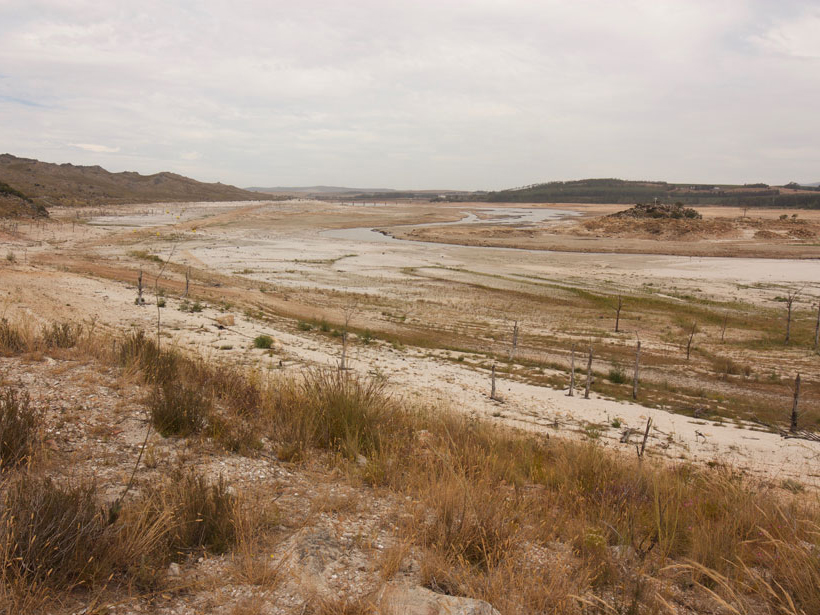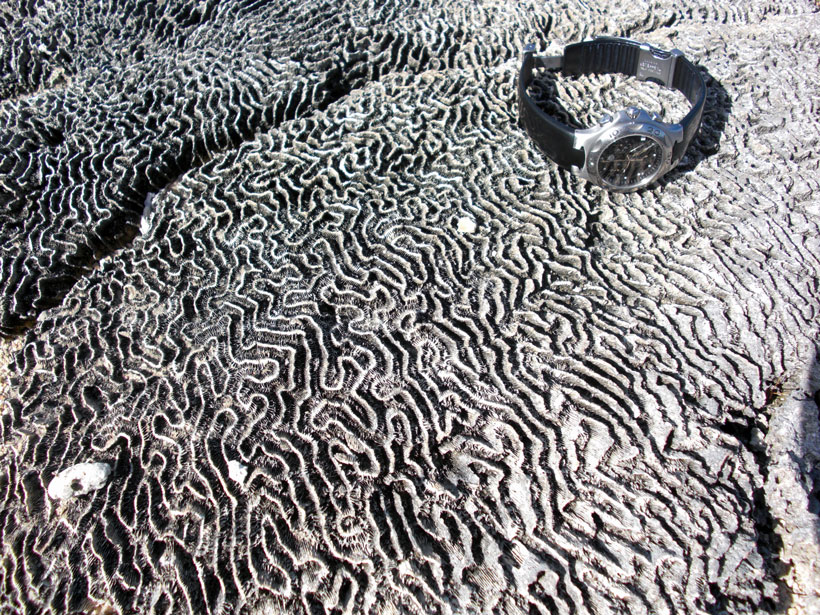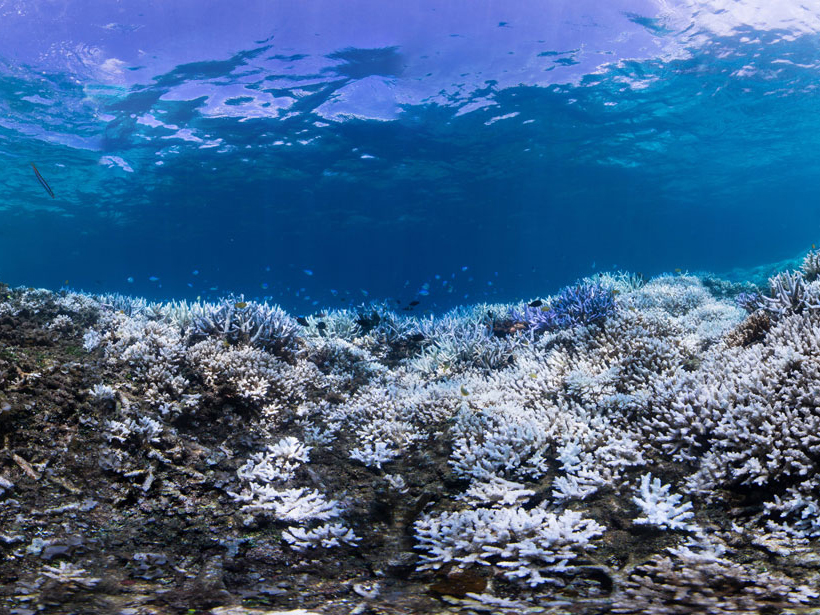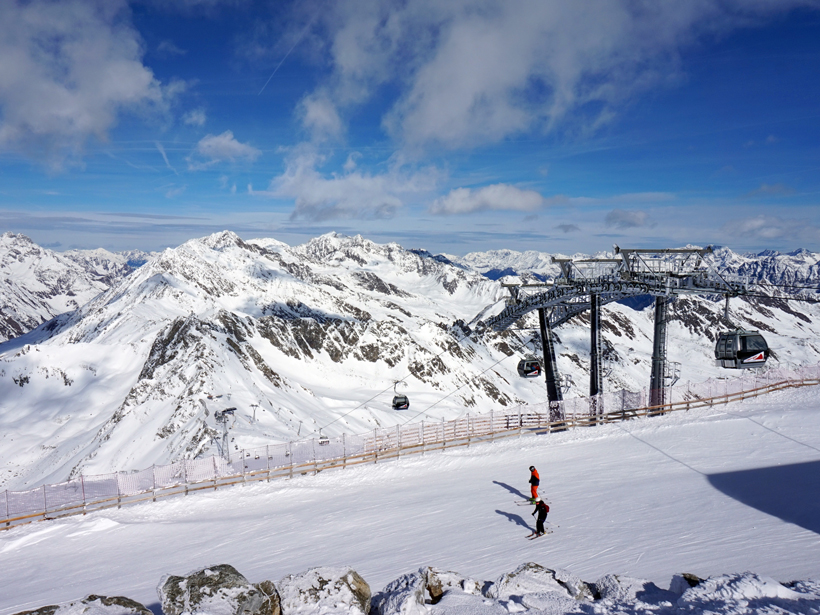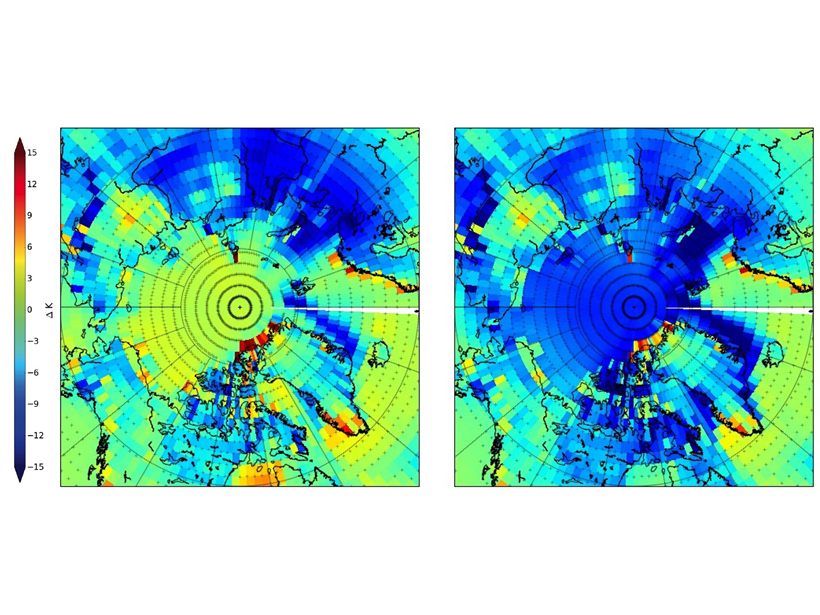Despite ramped-up conservation efforts and hopes lifted by a few recent rainstorms, residents of the South African metropolis still face the possibility of a water doomsday.
Climate Change
How Fast Is the Nile Delta Sinking?
New study calculates the delta’s subsidence on the basis of satellite data.
Snowfall Rates from Satellite Data Help Weather Forecasters
A new data product calculates snowfall rates from weather data beamed directly from several satellites, helping meteorologists provide fast, accurate weather reports and forecasts.
Fossilized Caribbean Corals Reveal Ancient Summer Rains
Isotope records and climate modeling suggest that the rainy Intertropical Convergence Zone expanded northward into the southern Caribbean during a warm interglacial period about 125,000 years ago.
Scientists Examine Novel Options to Save Coral Reefs
Warming events prompt scientists to look at ecological, genetic, and engineering interventions.
Tailoring Aerosol Injections to Achieve Desired Climate Effects
Two-dimensional simulations of sulfate aerosol injections suggest that solar geoengineering projects can be customized to maximize solar reflection and help achieve potential climate objectives.
The Benefits and Vulnerabilities of a Warming Europe
Scientists evaluate the economic and environmental impacts of a warmer climate on European countries, finding a range of effects on tourism, electricity demand, and ecosystem production.
Reversing Earth’s Spin Moves Deserts, Reshapes Ocean Currents
A climate model with reversed rotation of Earth helps climatologists and oceanographers understand why our planet is the way it is and reveals how different it could have been.
Piecing Together the Big Picture on Water and Climate
A new database brings together water isotope data from many sources, providing an integrated resource for studying changes in Earth’s hydroclimate over the past 2,000 years.
Spectral Surface Emissivity Improves Arctic Climate Simulation
Improving the representation of surface emissivity in the Community Earth System Model reduces its Arctic winter cold bias from 7 to 1 Kelvin degree.

